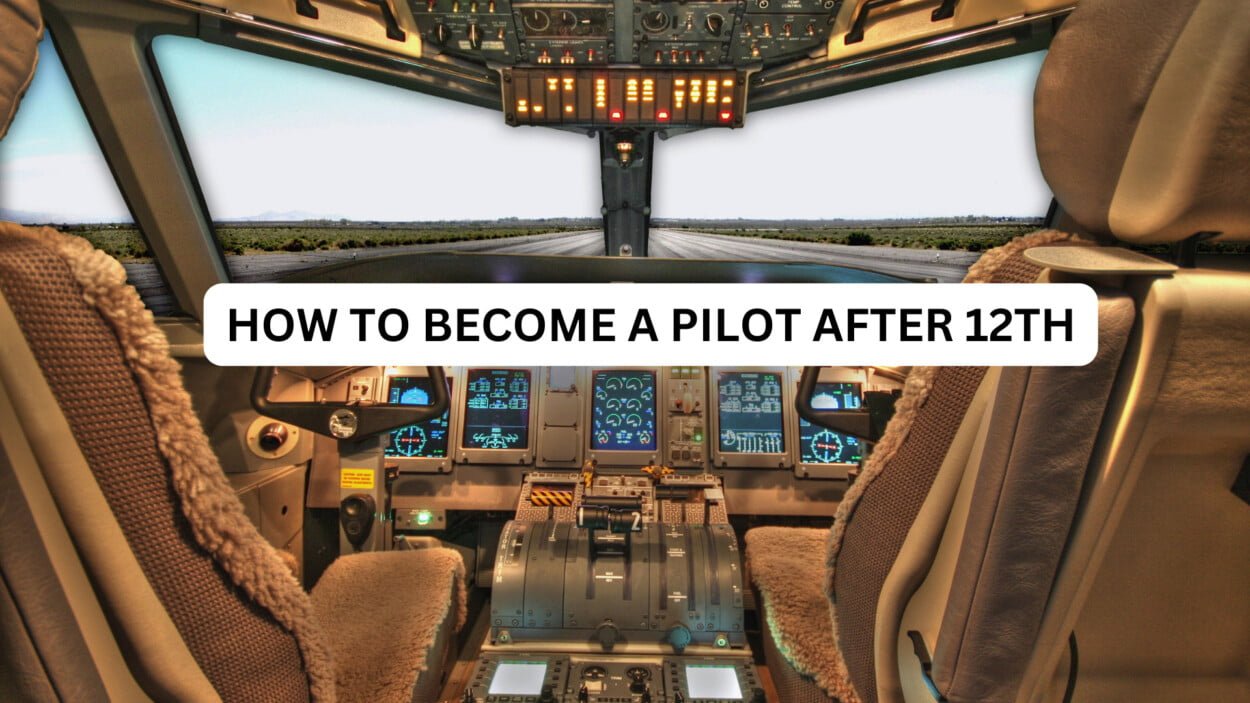
Are you fascinated by the idea of soaring through the clouds, navigating vast expanses of sky, and experiencing the world from a bird’s-eye view? Becoming a pilot can turn this dream into a reality. And the good news is, you can start your journey towards the cockpit right after completing your 12th grade.
In this guide, we’ll walk you through the steps to embark on this exhilarating career path:
Step 1: Choose the Right Stream
In most cases, aspiring pilots opt for the Science stream during their 11th and 12th grades. Subjects like Physics and Mathematics provide a strong foundation for understanding the principles of flight, aerodynamics, and navigation.
Step 2: Research Aviation Courses
After completing your 12th grade, it’s time to explore your options for aviation courses. Look for reputable aviation academies or institutions that offer pilot training programs. These programs should be approved by aviation authorities like the Federal Aviation Administration (FAA) in the United States or the Directorate General of Civil Aviation (DGCA) in India.
Step 3: Enroll in a Pilot Training Program
Once you’ve identified a suitable aviation academy, enroll in a pilot training program. These programs typically include ground school, where you’ll learn theoretical concepts related to aviation, as well as flight training, where you’ll gain hands-on experience in the cockpit.
Step 4: Obtain Necessary Licenses and Certifications
To become a commercial pilot, you’ll need to obtain various licenses and certifications. The specific requirements may vary depending on your location and the type of aircraft you intend to fly. However, common certifications include a Private Pilot License (PPL), Commercial Pilot License (CPL), and Airline Transport Pilot License (ATPL).
Step 5: Gain Experience and Build Flight Hours
After obtaining your pilot licenses, it’s time to gain experience and build your flight hours. Many aspiring pilots start by working as flight instructors, charter pilots, or cargo pilots to accumulate the necessary experience and flight hours required for more advanced positions.
Step 6: Advance Your Career
As you gain experience and flight hours, you can advance your career by pursuing additional training and certifications. This may include obtaining type ratings for specific aircraft, pursuing advanced flight instructor ratings, or specializing in areas such as corporate aviation, airline flying, or aerial firefighting.
Step 7: Stay Committed to Safety and Professionalism
Throughout your career as a pilot, safety should always be your top priority. Stay updated on the latest safety regulations, undergo regular training and proficiency checks, and maintain a professional attitude at all times.
Conclusion
Becoming a pilot after 12th grade is an achievable goal for those who are passionate about aviation and willing to put in the hard work and dedication required. By following these steps and staying committed to your training and professional development, you can turn your childhood dream of flying into a rewarding career in the skies. So spread your wings and soar towards your future as a pilot!



